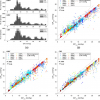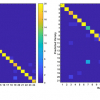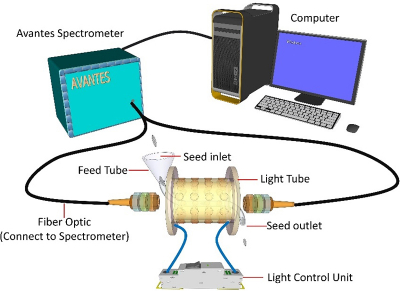
A novel single-grain composition analysis technology has recently been developed to help evaluate the eating quality of hybrid rice, according to a research team led by Prof. WU Yuejin from the Hefei Institutes of Physical Science of the Chinese Academy of Sciences. They found that the eating quality of hybrid rice was not only related to the chemical composition of the rice, but was also influenced by the variation in single-grain chemical composition.
Rice is one of the major food crops worldwide. Amylose, protein and fat are important quality traits of rice and have important effects on eating quality, storage quality and processing quality. Near infrared (NIR) spectroscopy has the advantages of being non-destructive, rapid and non-polluting in detecting crop quality, but it is hard to achieve high-throughput accurate detection of single-grain quality traits in isolated populations for genetic breeding.
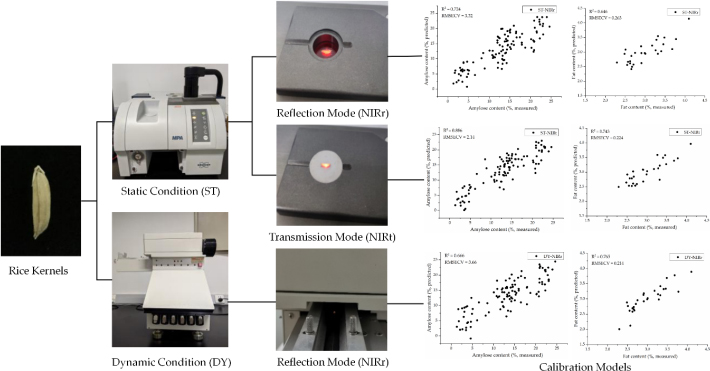
Figure 2. Schematic diagram of different platform-based methods for detecting composition of individual rice grains. (Image by FANG Shuang)
In their previous study, the researchers designed and manufactured an intelligent single-grain crop quality detection and sorting instrument. Based on this high-throughput single-grain quality NIR detection platform (2–3 grains/second), they developed models to explore the best conditions for detection and sorting. Accordingly, they determined the amylose and fat content of individual rice grains. They compared the data under two different conditions. Under static measurement conditions. The coefficient of determination (R2) values were 0.886 and 0.743 for the modelling of amylose and fat content. And under dynamic measurement conditions, R2 values were 0.666 and 0.765.
“The process was rapid and non-destructive”, said CHENG Weimin, “and when evaluating the eating quality of hybrid rice, we found the reasons for the varying eating quality of hybrid rice using single-grain quality trait analysis techniques.”
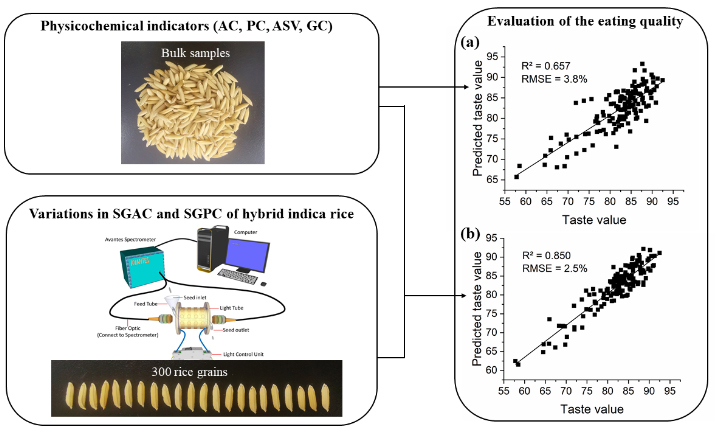
Figure 3. The eating quality model of hybrid indica rice established with physicochemical indicators as independent variables (a), the dispersion indicators of single-grain composition and physicochemical indicators as independent variables (b). (Image by FANG Shuang)
According to the researchers, high-quality hybrid rice has the following characteristics: first, the physicochemical indicators for a large sample size meeting the national standards were the determining requirement, and second, a small variation in the single-grain composition was important.
R2 of the eating quality model increased from 0.657 to 0.850 when the single-grain composition variations were added to the independent variables (amylose content, protein content, alkali spreading value and gel consistency). In addition, the effect of sterile lines on the eating quality of hybrid rice was greater than that of restorer lines, so selecting high-quality sterile lines was particularly important for the selection of good-tasting combinations.
This is a new method to evaluate the eating quality of hybrid rice and laid the foundation for high yield and quality breeding of hybrid rice.











